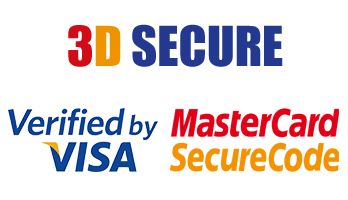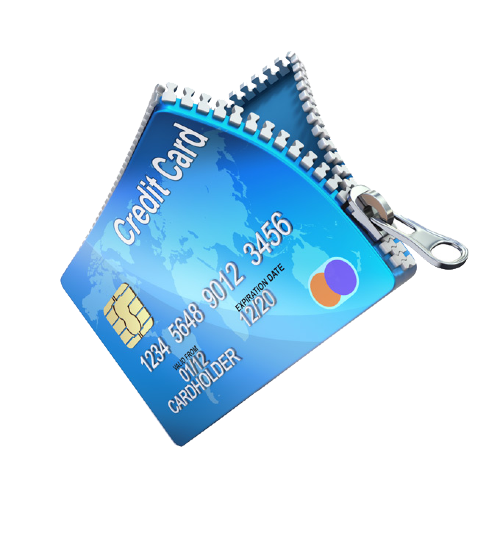Global availability
Global payment management, we give merchants the ability to accept payments globally with stripe Build online revenue without payment management headaches, no matter where your clients are..

Minimize risk to maximize profit.
 3D Secure 2: An authentication standard that reduces fraud and provides additional security
3D Secure 2: An authentication standard that reduces fraud and provides additional security
The 3D Secure standard—often known by its branded names like Visa Secure, Mastercard Identity Check, or American Express SafeKey—aims to reduce fraud and provide added security to online payments.
3D Secure 2 (3DS2) introduces “frictionless authentication” and improves the purchase experience compared to 3D Secure 1. It is the main card authentication method used to meet Strong Customer Authentication (SCA) requirements in Europe and a key mechanism for businesses to request exemptions to SCA.
3D Secure. is a technology that helps verify a cardholder's identity with an additional layer of security. An authentication standard that reduces fraud and provides additional security
For extra fraud protection, 3D Secure (3DS) requires customers to complete an additional verification step with the card issuer when paying. Typically, you direct the customer to an authentication page on their bank’s website, and they enter a password associated with the card or a code sent to their phone. This process is familiar to customers through the card networks’ brand names, such as Visa Secure and Mastercard Identity Check.
The Strong Customer Authentication regulation in Europe requires the use of 3DS for card payments.
3DS is optional in other regions but you can still use it as a tool to reduce fraud
Payske supports 3D Secure 2.Your integration runs 3D Secure 2 when supported by the customer’s bank and falls back to 3D Secure 1 otherwise.
 What’s different with 3D Secure 2
What’s different with 3D Secure 2
EMVCo, an organization made up of six major card networks, released a newer version of 3D Secure. 3D Secure 2 (also called EMV 3-D Secure, 3D Secure 2.0, or 3DS2) aims to address many of the shortcomings of 3D Secure 1 by introducing less disruptive authentication and a better user experience.
Frictionless authentication
3D Secure 2 allows businesses and their payment provider to send more data elements on each transaction to the cardholder’s bank. This includes payment-specific data like the shipping address, as well as contextual data, such as the customer’s device ID or previous transaction history.
The cardholder’s bank can use this information to assess the risk level of the transaction and select an appropriate response:
If the data is enough for the bank to trust that the real cardholder is making the purchase, the transaction goes through the “frictionless” flow and the authentication is completed without any additional input from the cardholder.
If the bank decides it needs further proof, the transaction is sent through the “challenge” flow and the customer is asked to provide additional input to authenticate the payment.
Although a limited form of risk-based authentication was already supported with 3D Secure 1, the ability to share more data using 3D Secure 2 aims to increase the number of transactions that can be authenticated without further customer input.
Even if a transaction follows the frictionless flow, your business will benefit from the same liability shift that it does for transactions that pass through the challenge flow.
 Better user experience
Better user experience
Unlike 3D Secure 1, 3D Secure 2 was designed after the rise of smartphones and makes it easier for banks to offer innovative authentication experiences through their mobile banking apps (sometimes referred to as “out-of-band authentication”). Instead of entering a password or receiving a text message, the cardholder can authenticate a payment through the banking app just by using their fingerprint or even facial recognition. We expect many banks to support these smoother authentication experiences with 3D Secure 2.
The second improvement in user experience is that 3D Secure 2 is designed to embed the challenge flow directly within web and mobile checkout flows—without requiring full page redirects. If a customer authenticates on your site or webpage, the 3D Secure prompt now by default appears in a modal on the checkout page (browser flow).
Scale your business globally with Payske platform.